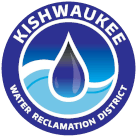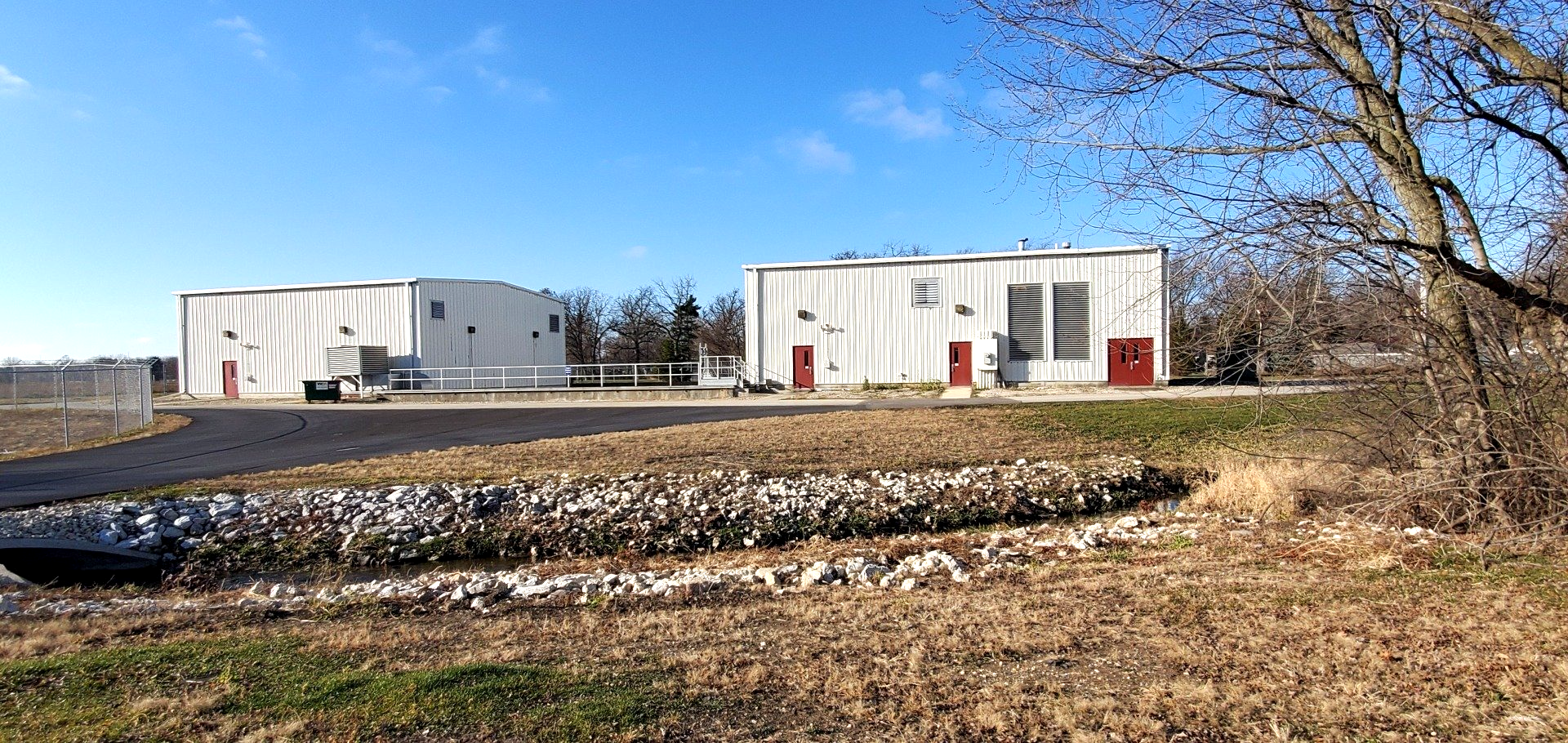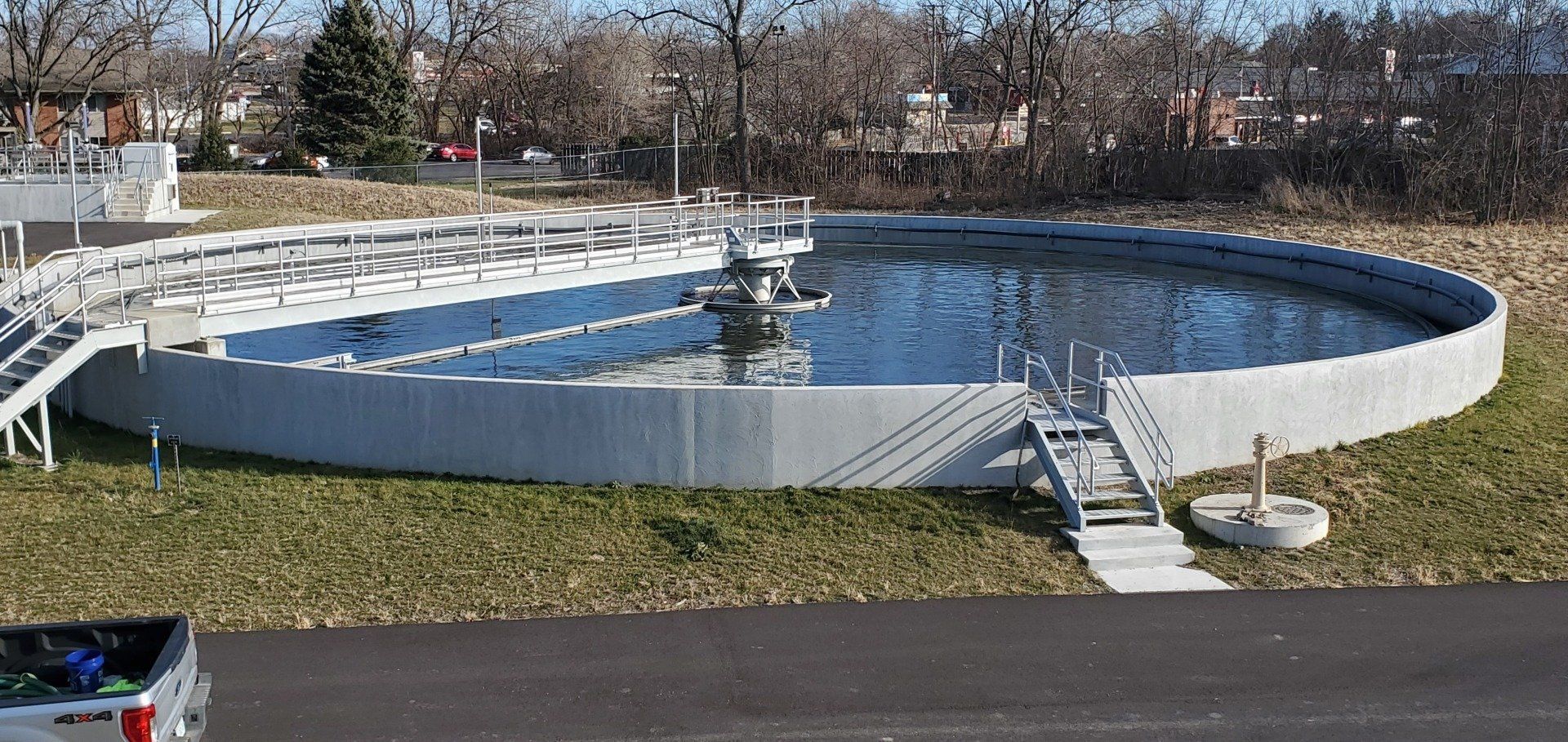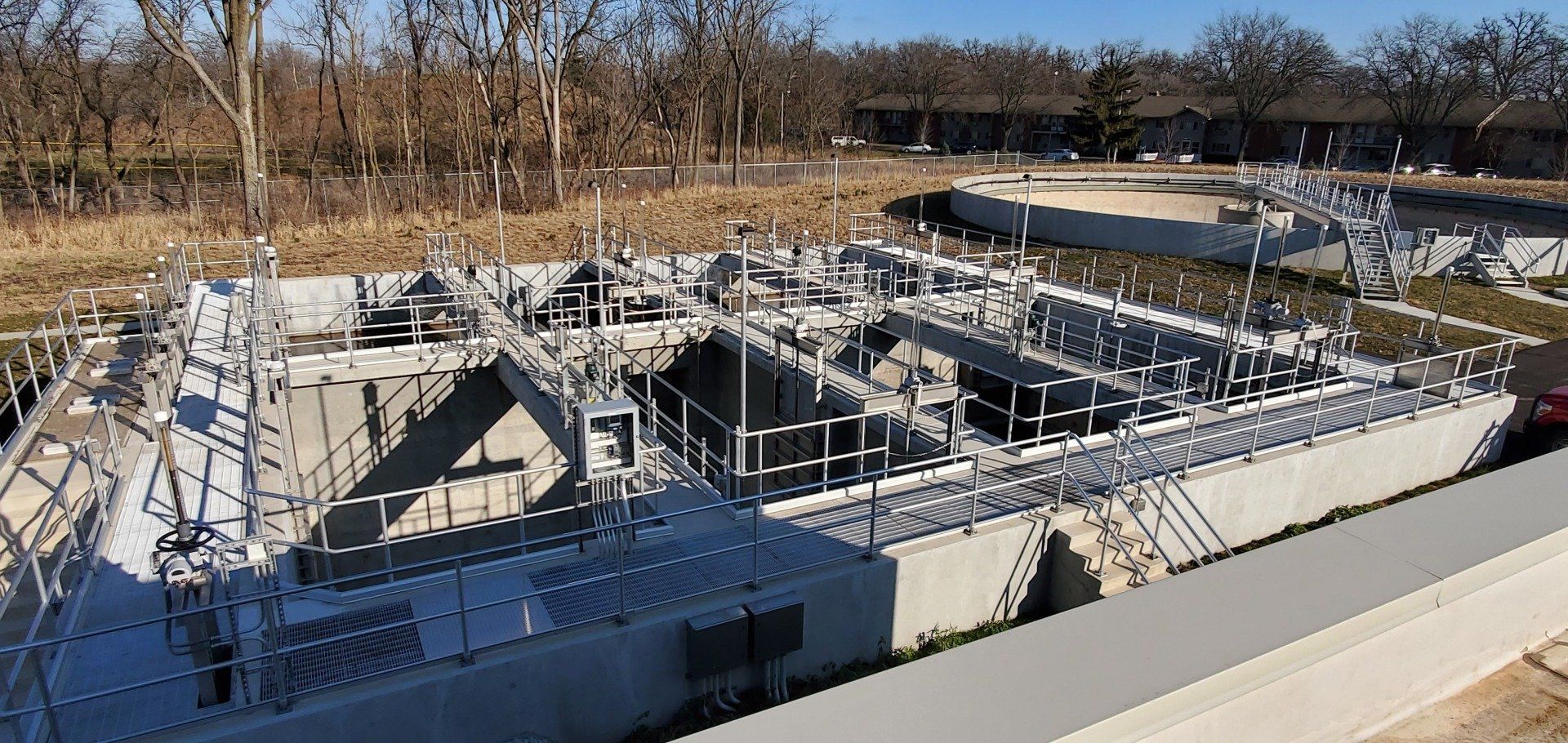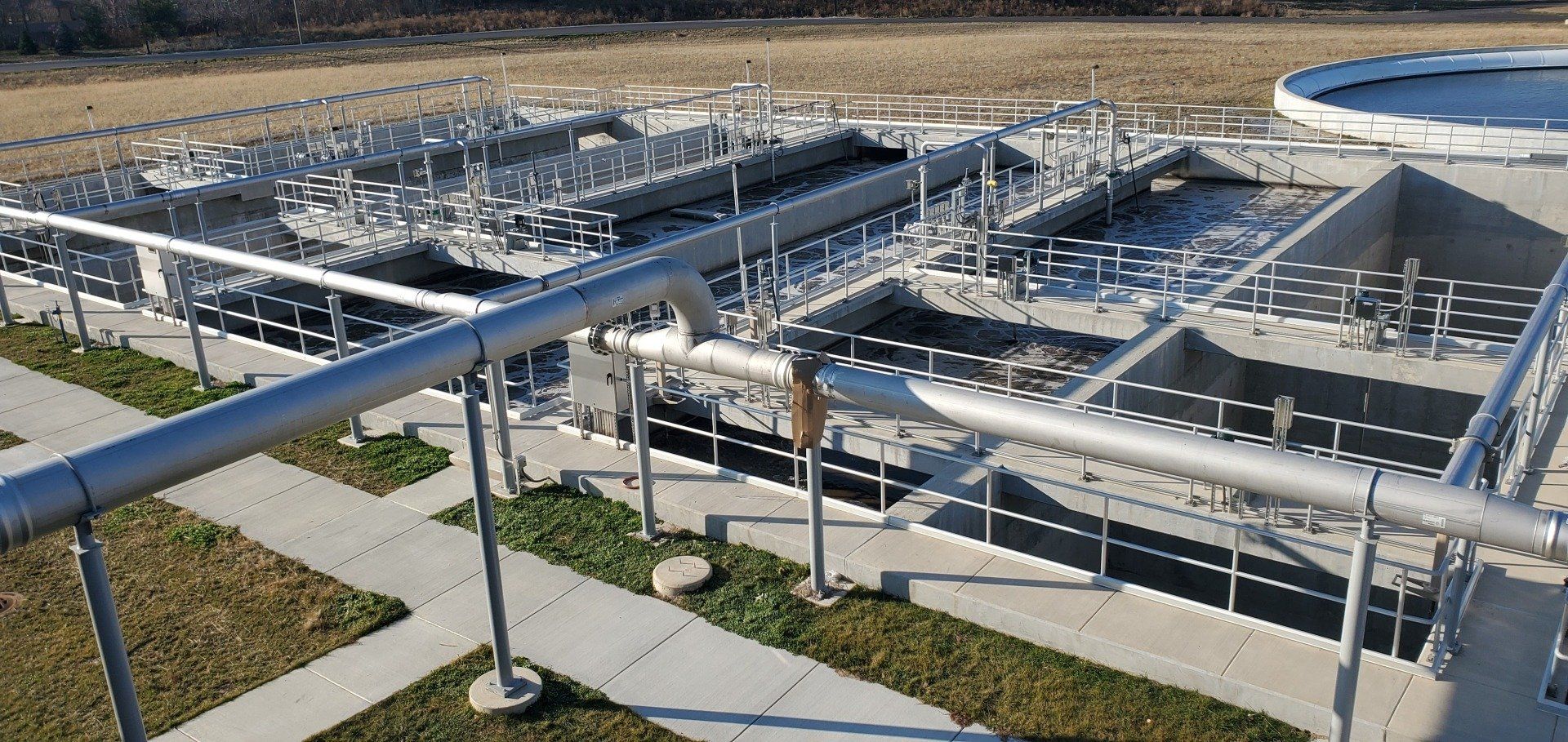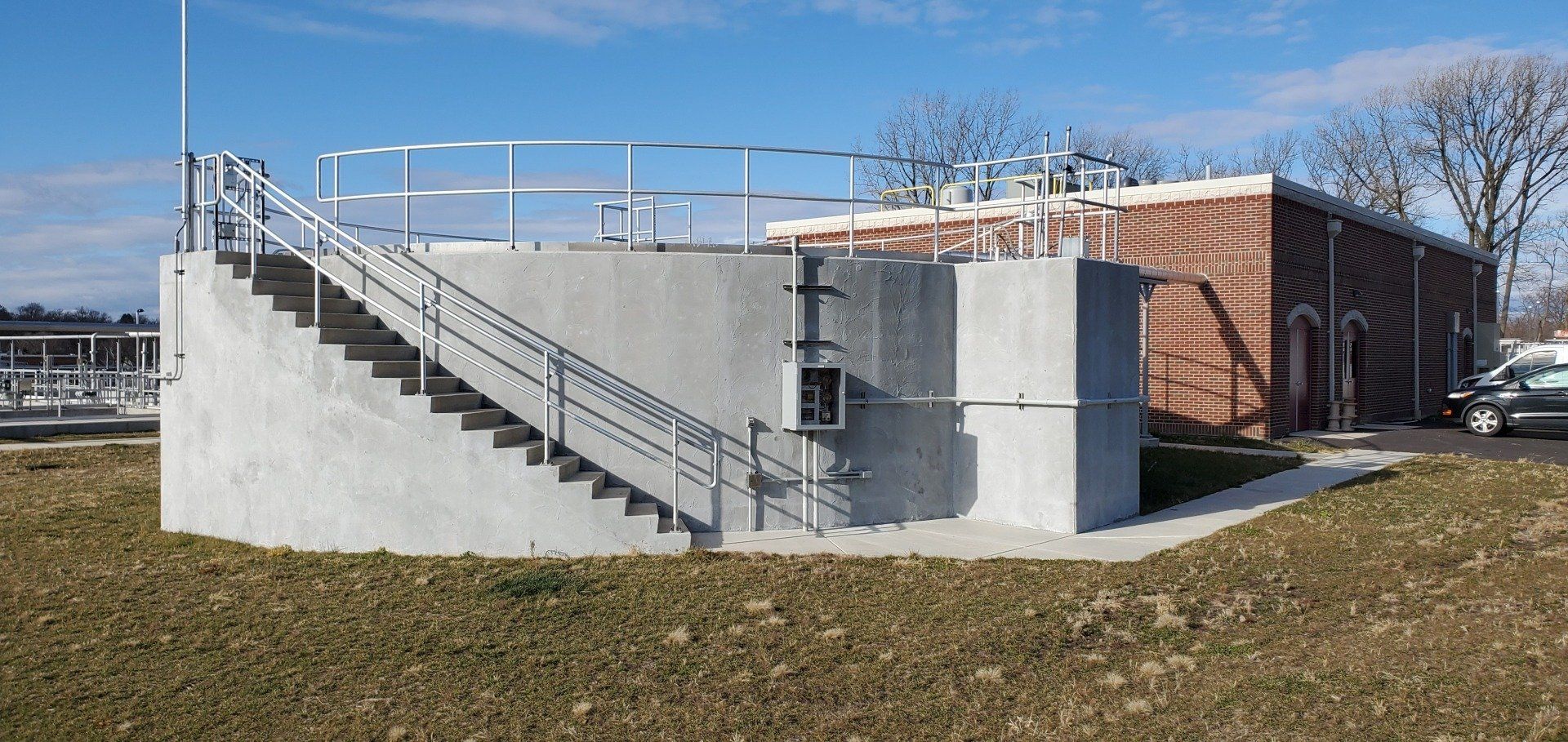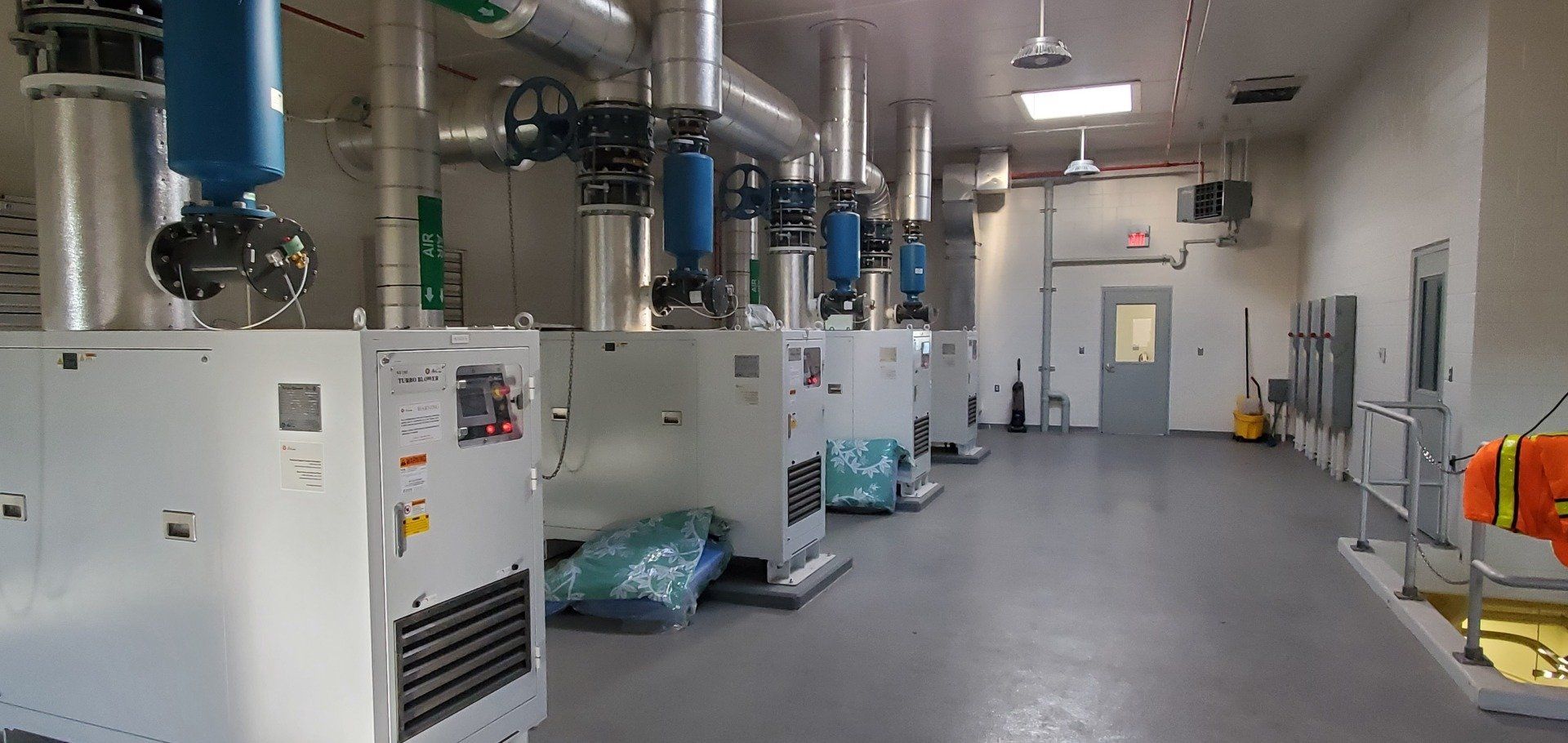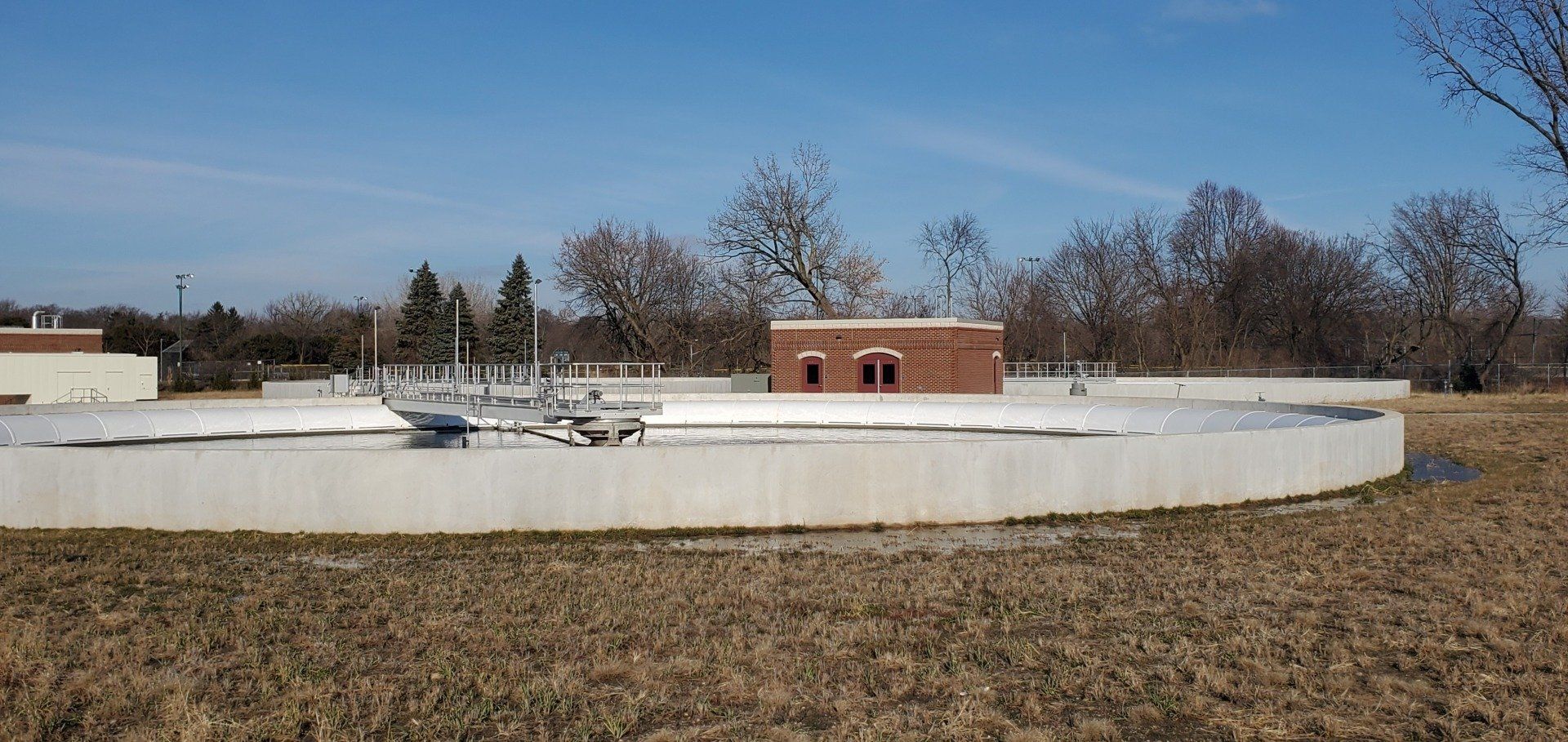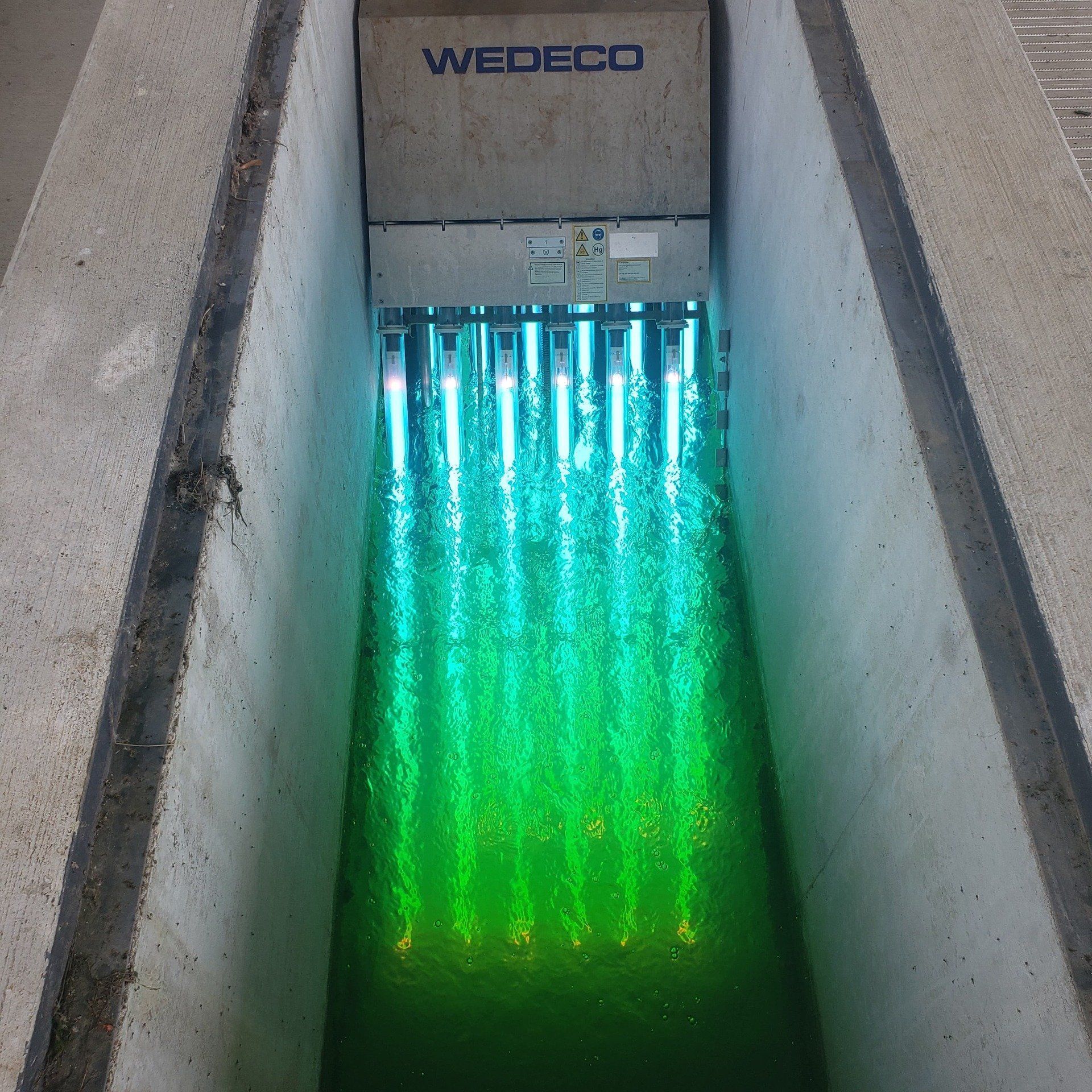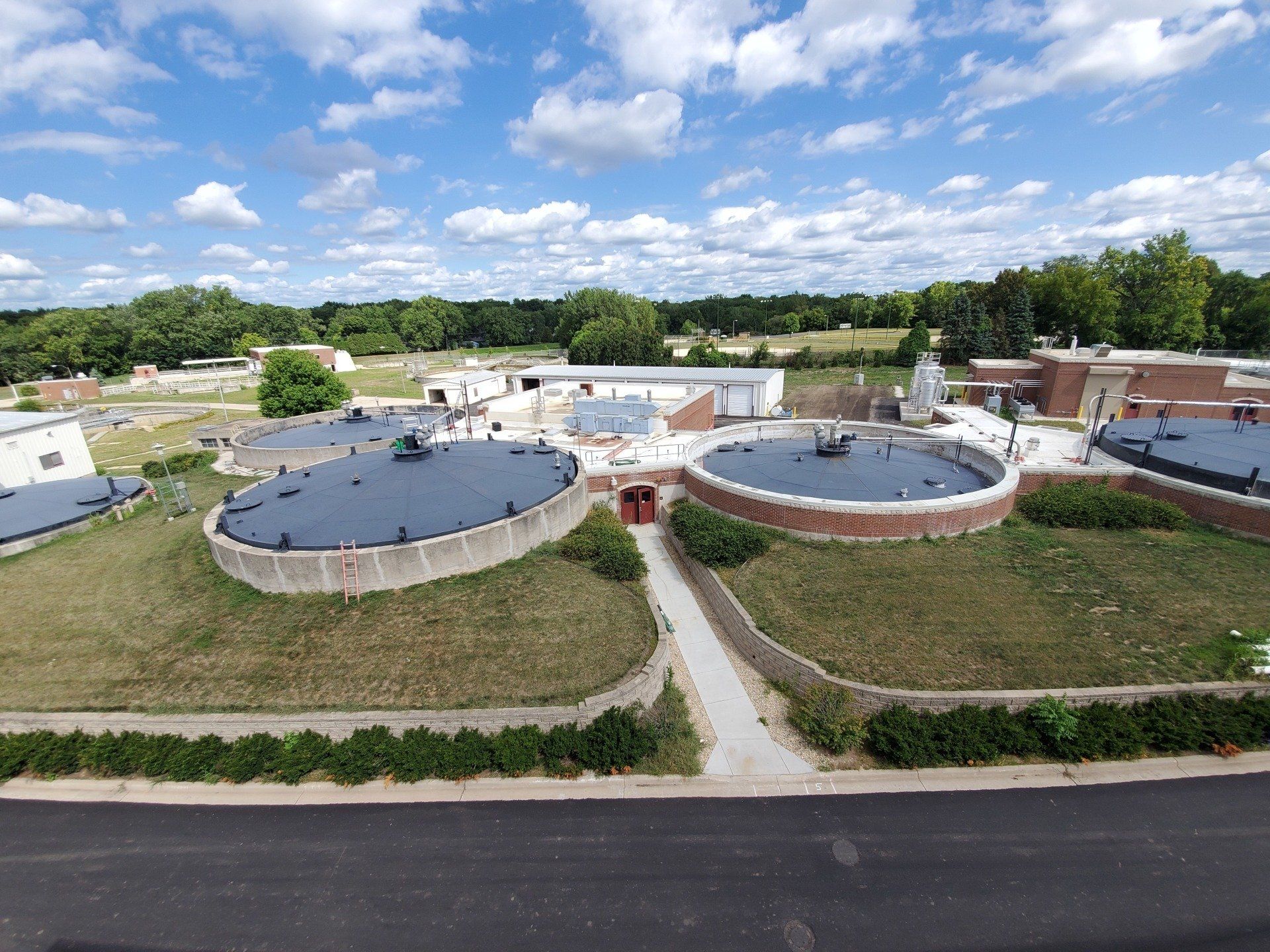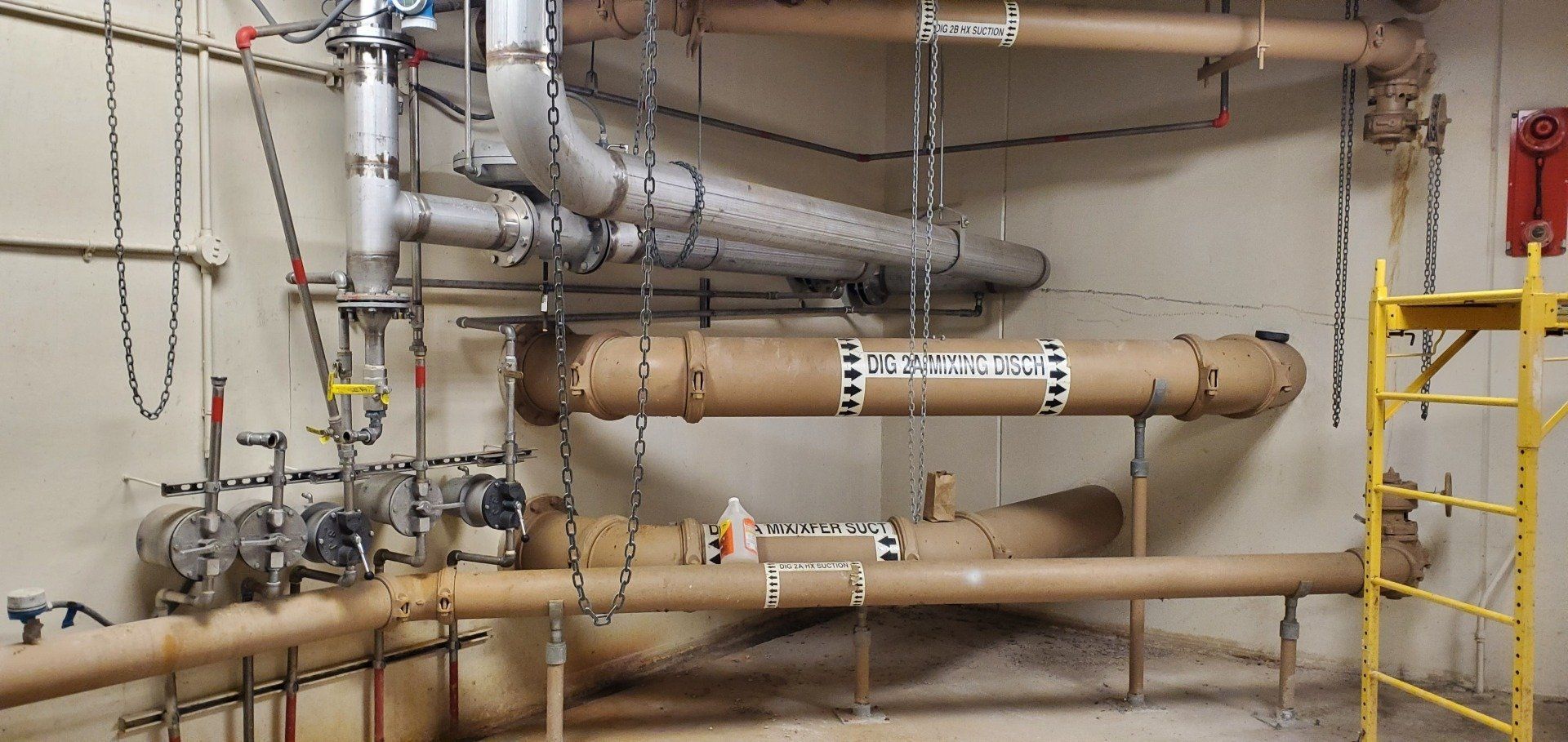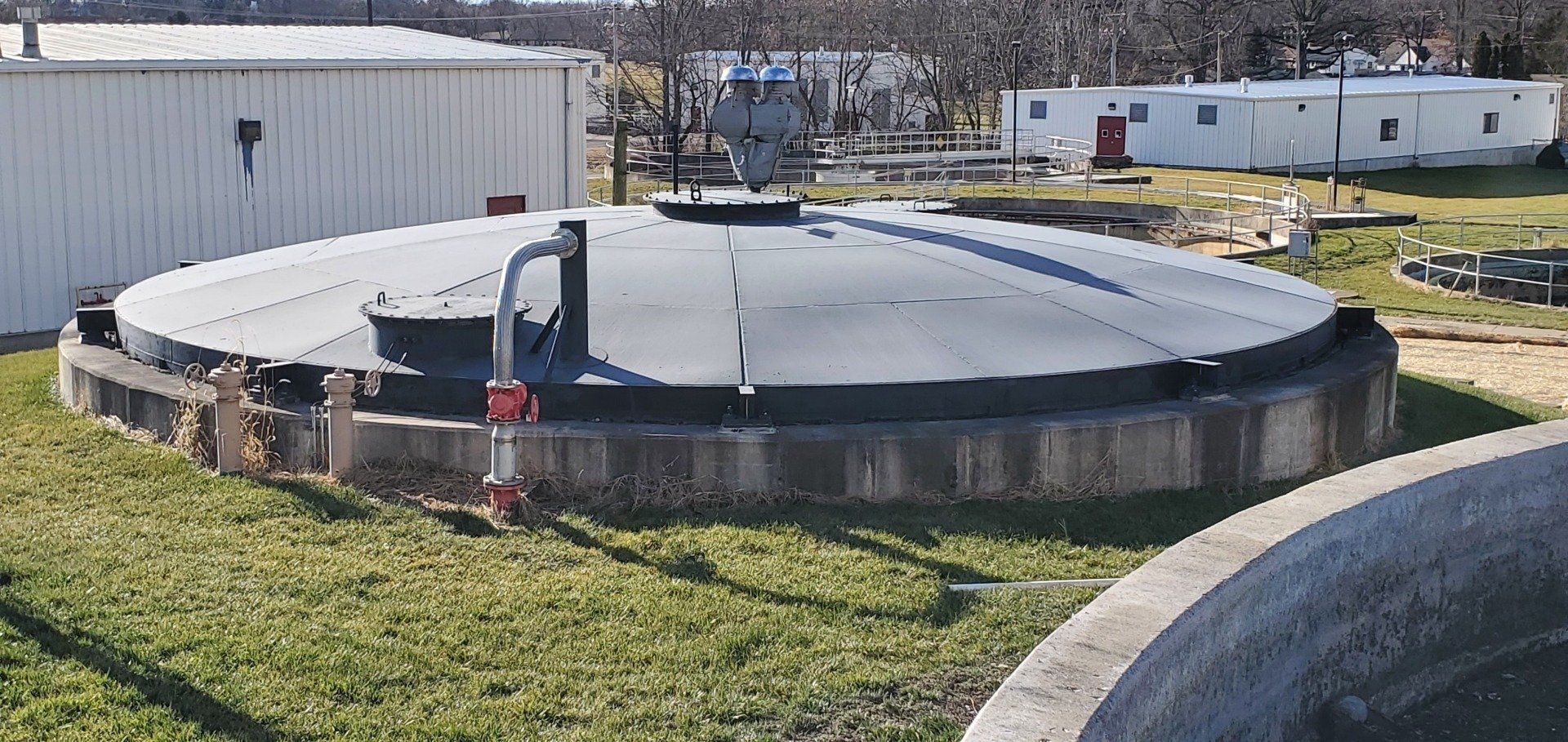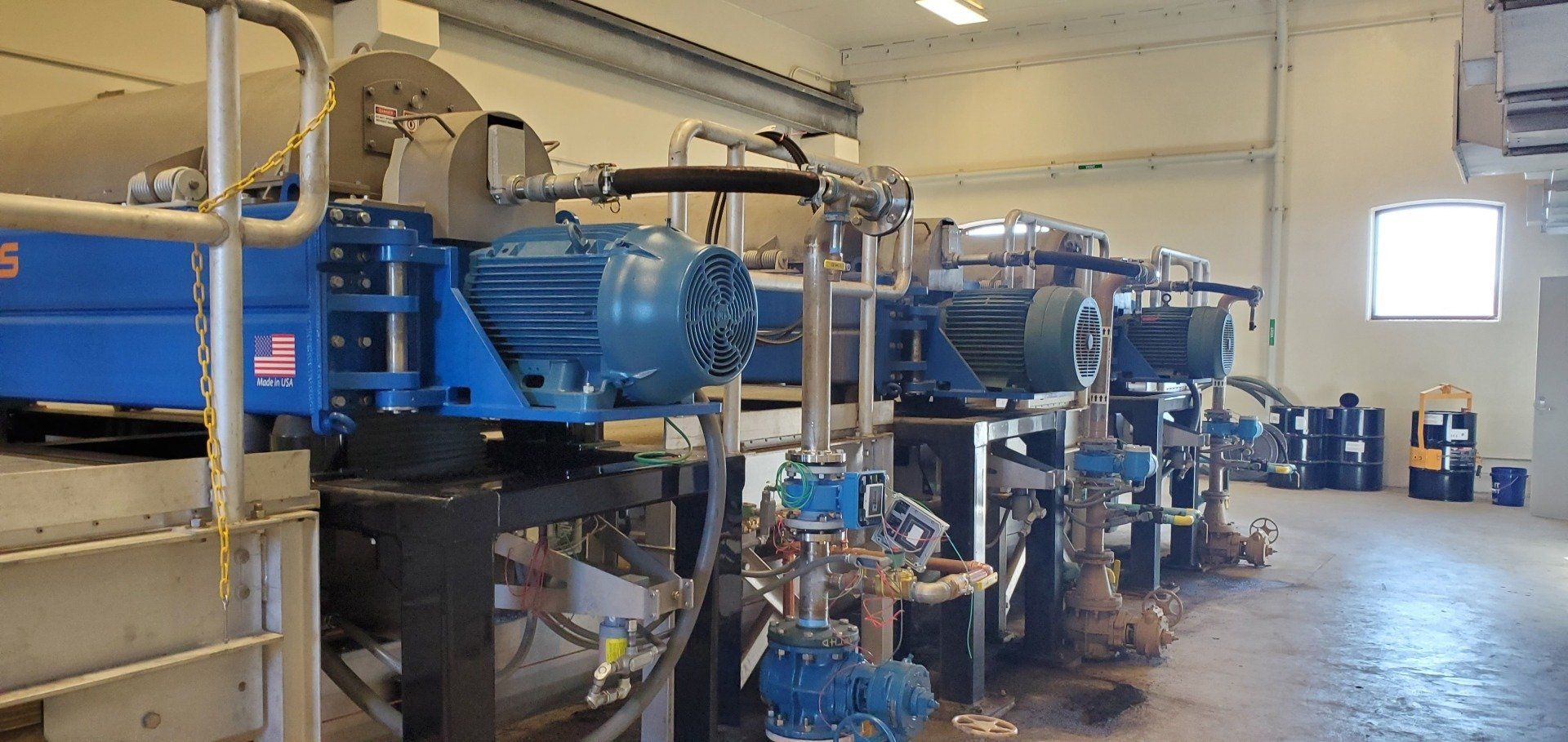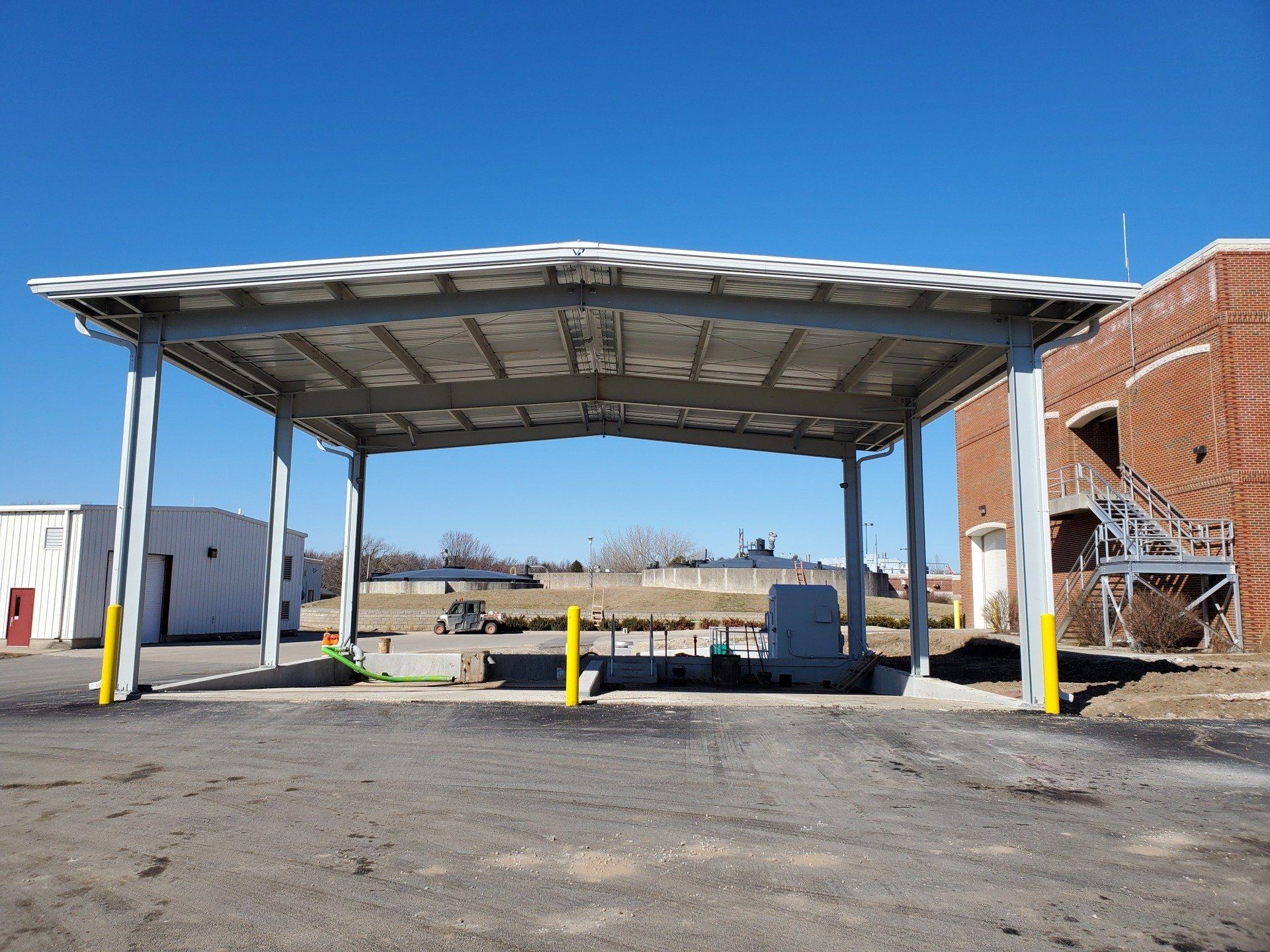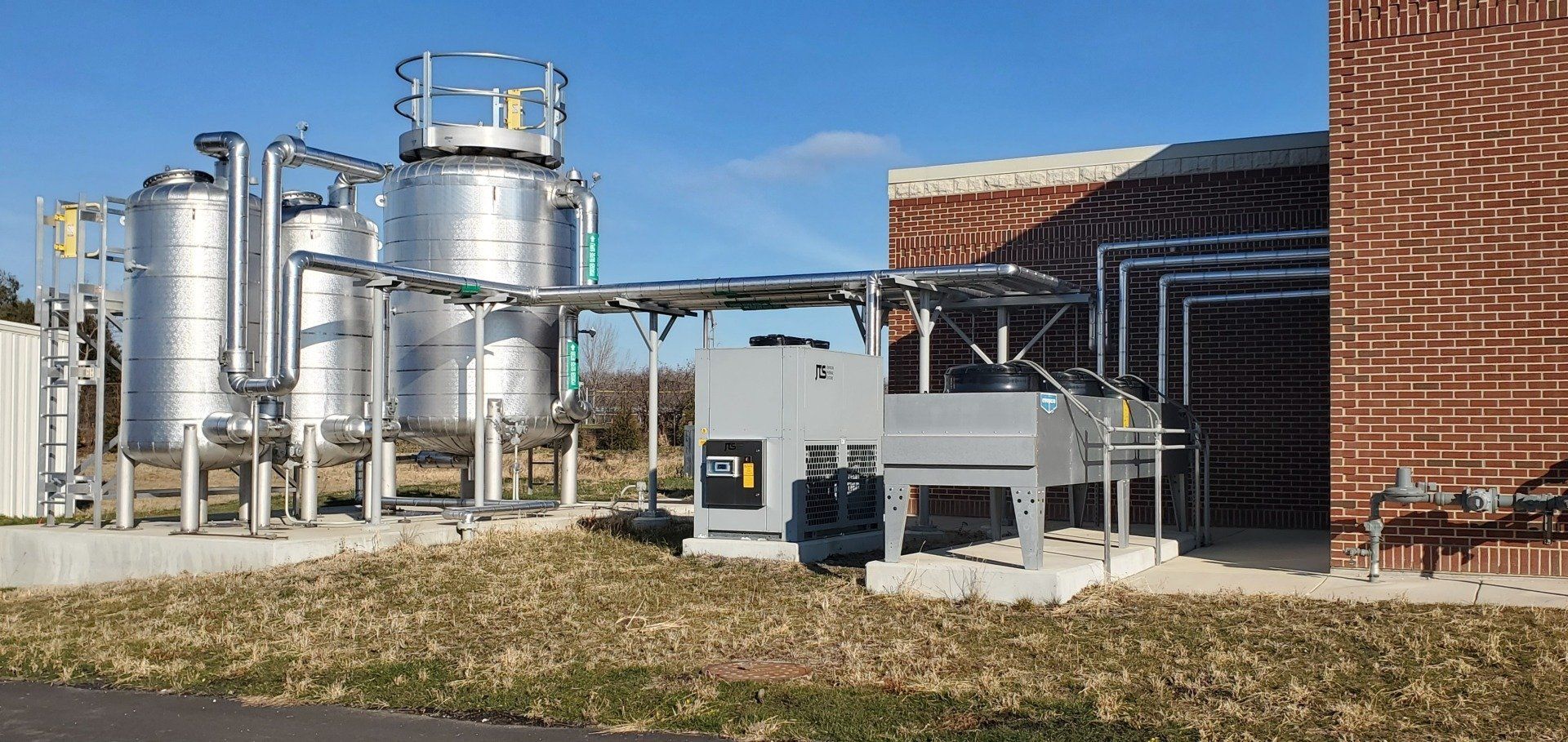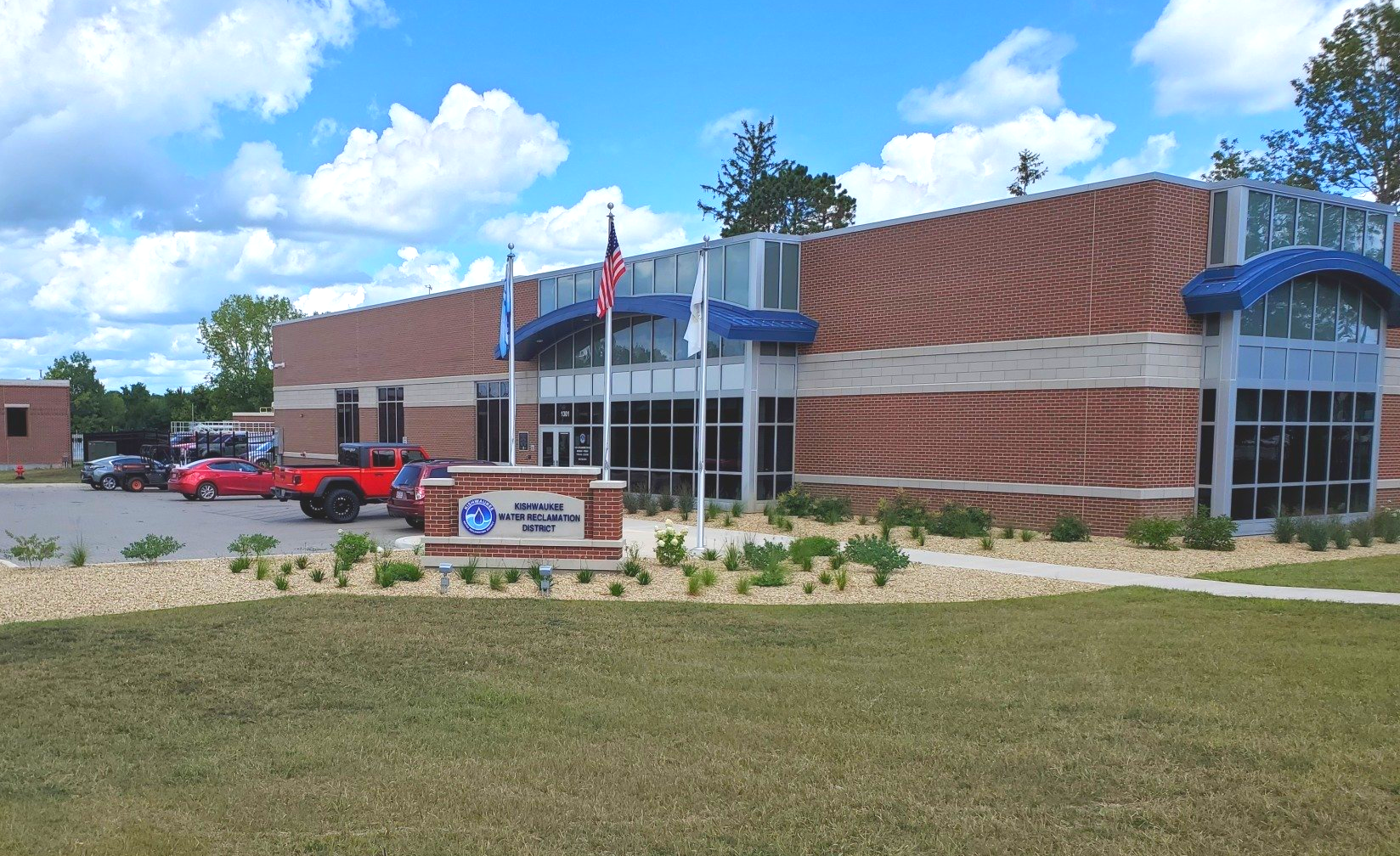Tour the KWRD
Why Tour a Sanitary District?
The wastewater treatment plant is something you use every time you flush a toilet, drain a sink, or do a load of laundry.
If you’re interested in seeing how the dirty water you flushed down the drain becomes clean water in the Kishwaukee River, you can arrange a free tour of our facility at 1301 Sycamore Road in DeKalb. Tours are available for students, scouts, families, and anyone interested in how we protect the water in our community.
What You'll Learn
- How roughly 7 million gallons of wastewater a day is cleaned and purified
- The role wastewater treatment plants play in protecting public health and the environment
- Things you can do every day to protect the waters of our community and our planet
Scheduling a Tour of the District
Tours must be scheduled in advance. To schedule a tour, call (815) 758-3513. Or email us with you desired date and time, and we will call you back to confirm.
Tours are conducted between 7:30 a.m. and 3:30 p.m. Monday through Friday and take from 1 to 2 hours to complete.
Safety Guidelines
- It's important to remember this is a functioning plant. Your tour will take you in close proximity to operating machinery. For your own safety, it is important you remain near the tour guide, listen to and follow instructions, and avoid touching any equipment.
- You will encounter stairs and uneven walking surfaces on the tour.
- Closed-toe shoes are required.
- Dress for the weather, as much of the tour will take place outdoors.
Virtual Photo Tour
